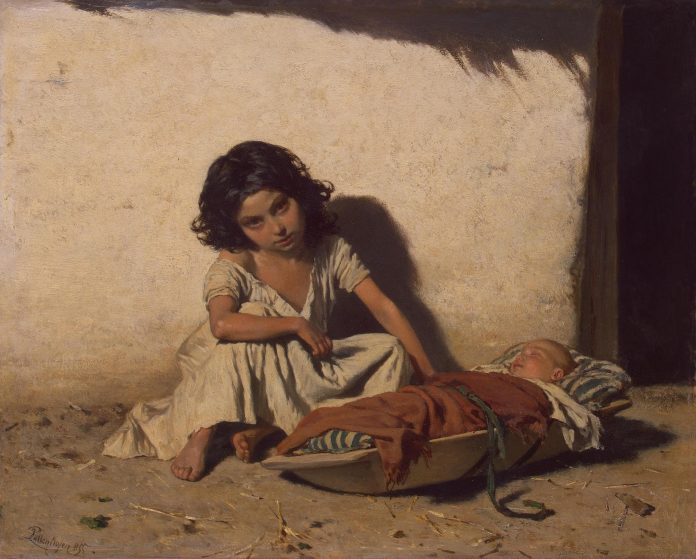The problem of ethnic (Roma and non-Roma) segregation in eastern Hungary’s schools appears to be deepening, according to Christopher Adam, the founding editor of the Hungarian Free Press and editor-in chief of the Kanadai Magyar Hírlap Hungarian-language journal in Canada.
In 2016, an estimated 14% of Hungary’s schools were segregated along ethnic (Roma and non-Roma) lines.
The trend towards greater segregation has been growing. Unfortunately, this also perpetuates a vicious cycle of poverty and marginalization, as schools where the student population is mostly Roma tend to be housed in poorly maintained buildings, teachers have far fewer educational resources at their disposal and the curriculum disadvantages their students, writes Adam in an article published in the Hungarian Free Press.
Researchers believe that the government’s policies in the field of education are responsible for growing segregation and point to a handful of factors in particular. According to Adam, these include the government’s decision to no longer require students to stay in school until 18 years of age and they cancelled programmes aimed at better integration of students from different backgrounds. The government also took away greater choice in the use of textbooks, requiring a one-size-fits-all approach and a centralised manner of distributing textbooks and setting curriculum.
“Critically, the transfer of many public schools to churches, and the preferential public funding of church schools over non-religious state schools during the past several years has also resulted in greater segregation. The number of schools in Hungary run by churches increased by 68% since Viktor Orbán returned to power in 2010,” writes Adam.
“All signs indicate that in the last eight years, Hungary has moved towards greater ethnic segregation in schools. In a country with a growing Roma population and a severe shortage of skilled and educated labour in many fields, the storm clouds are gathering.”

